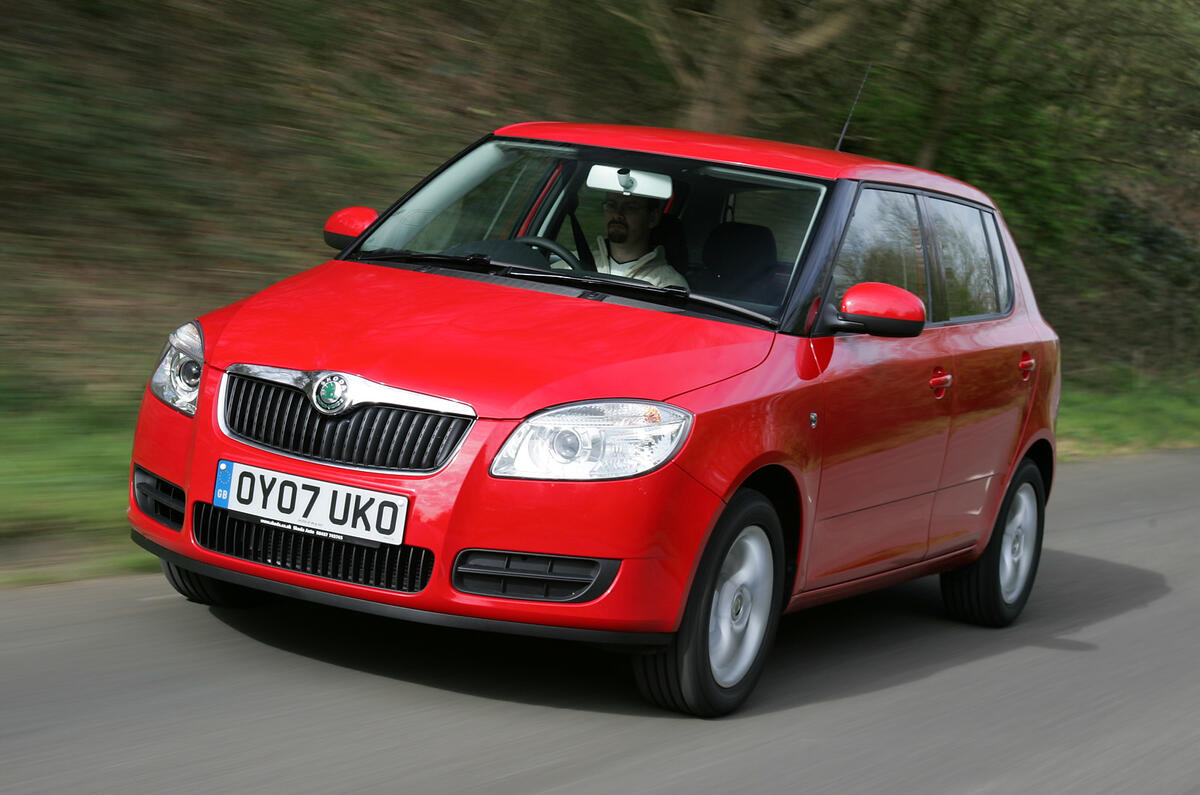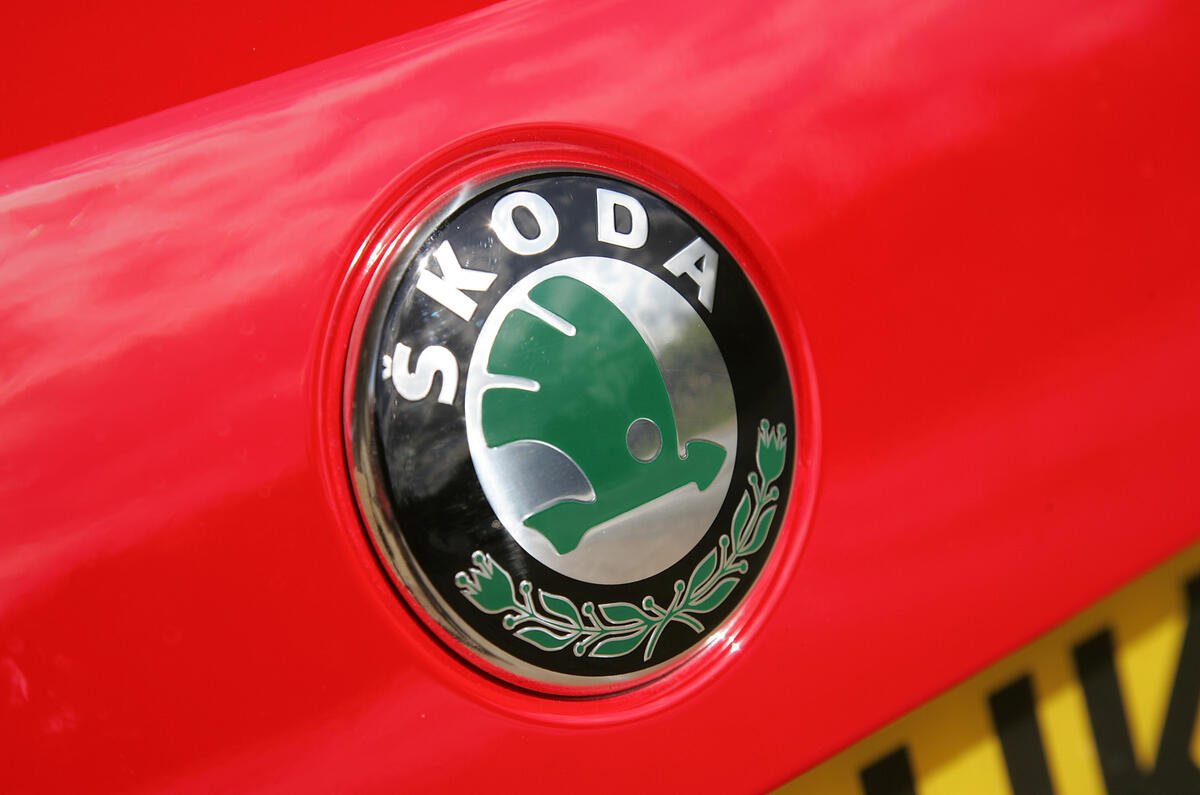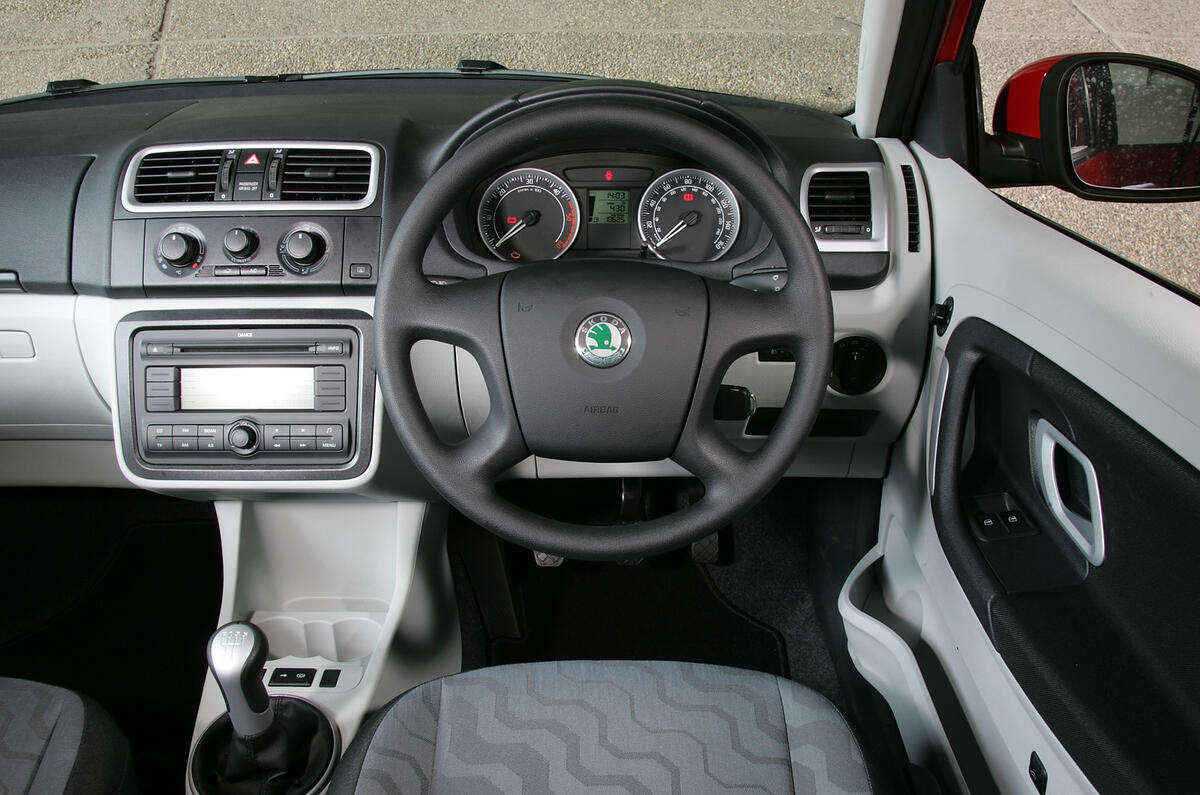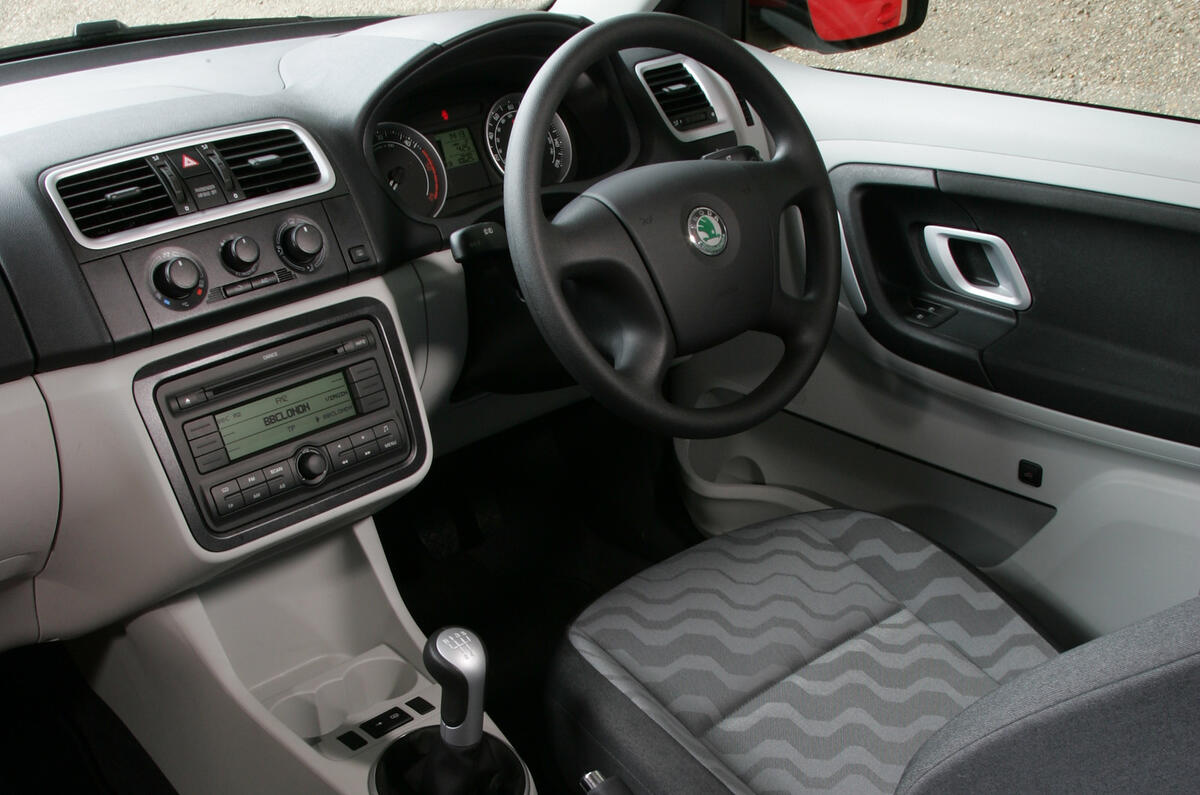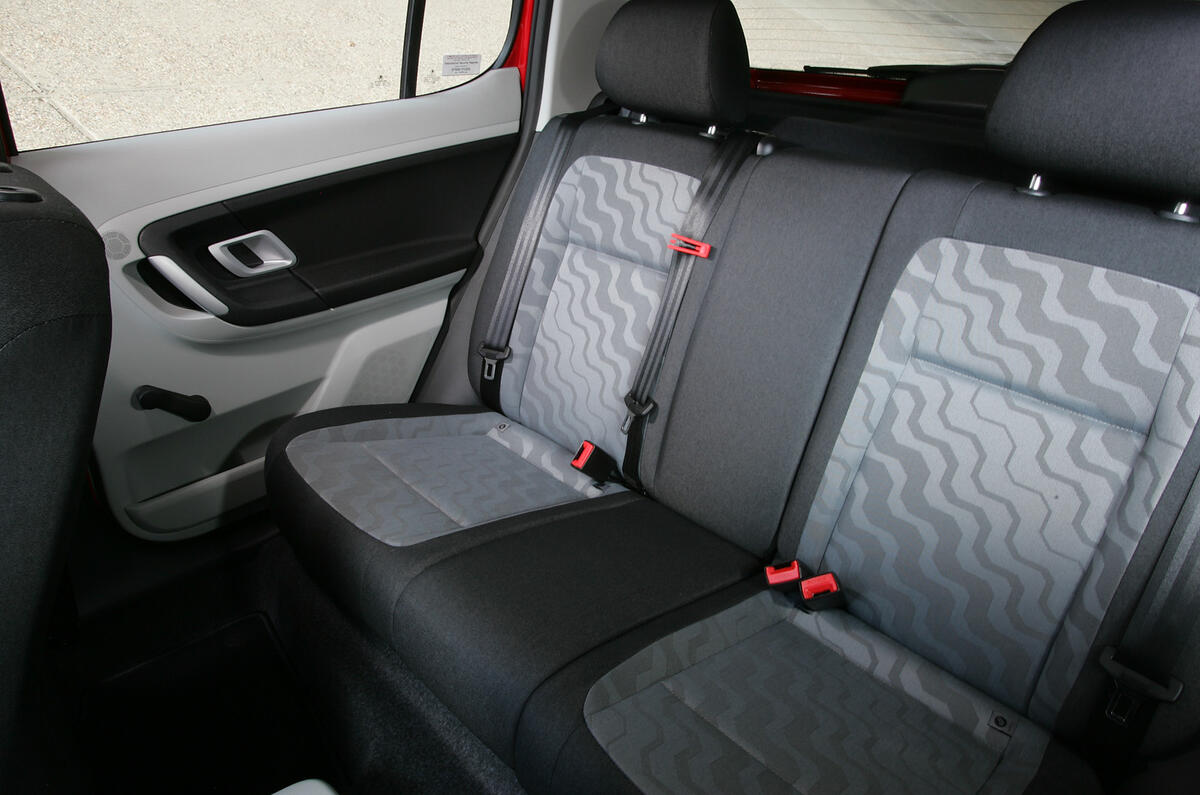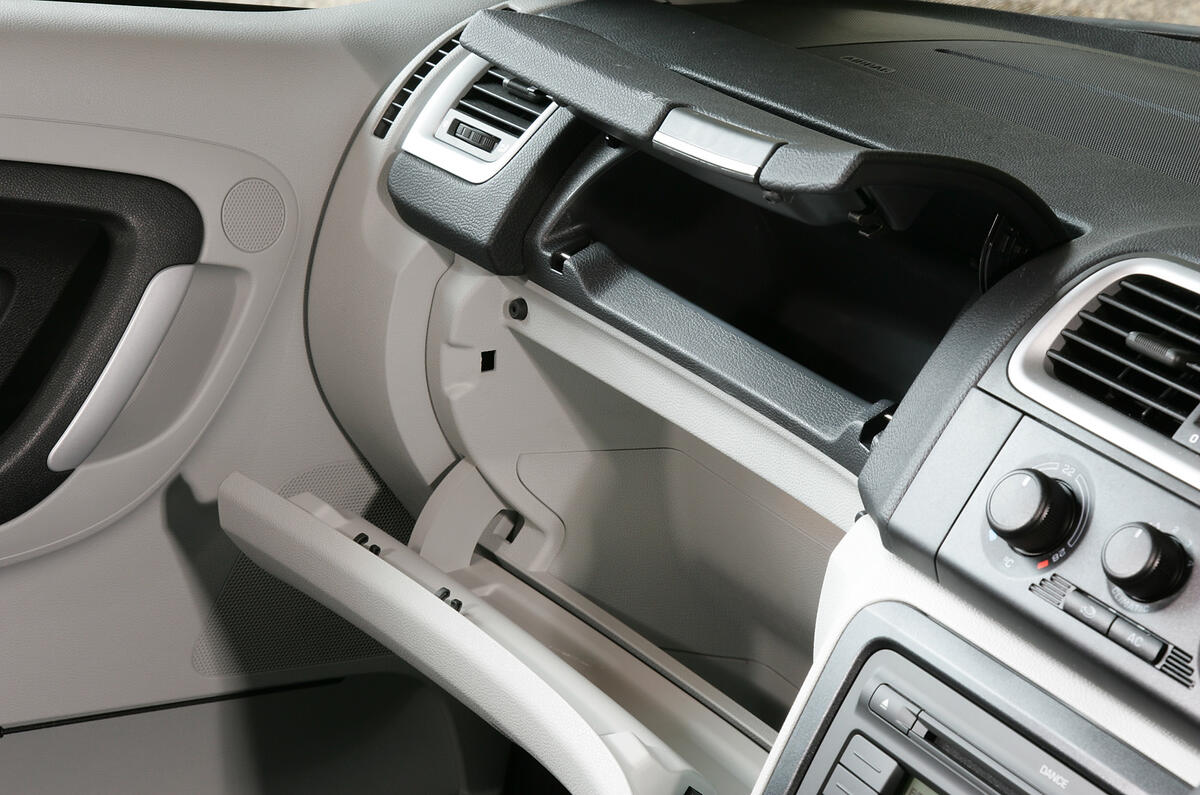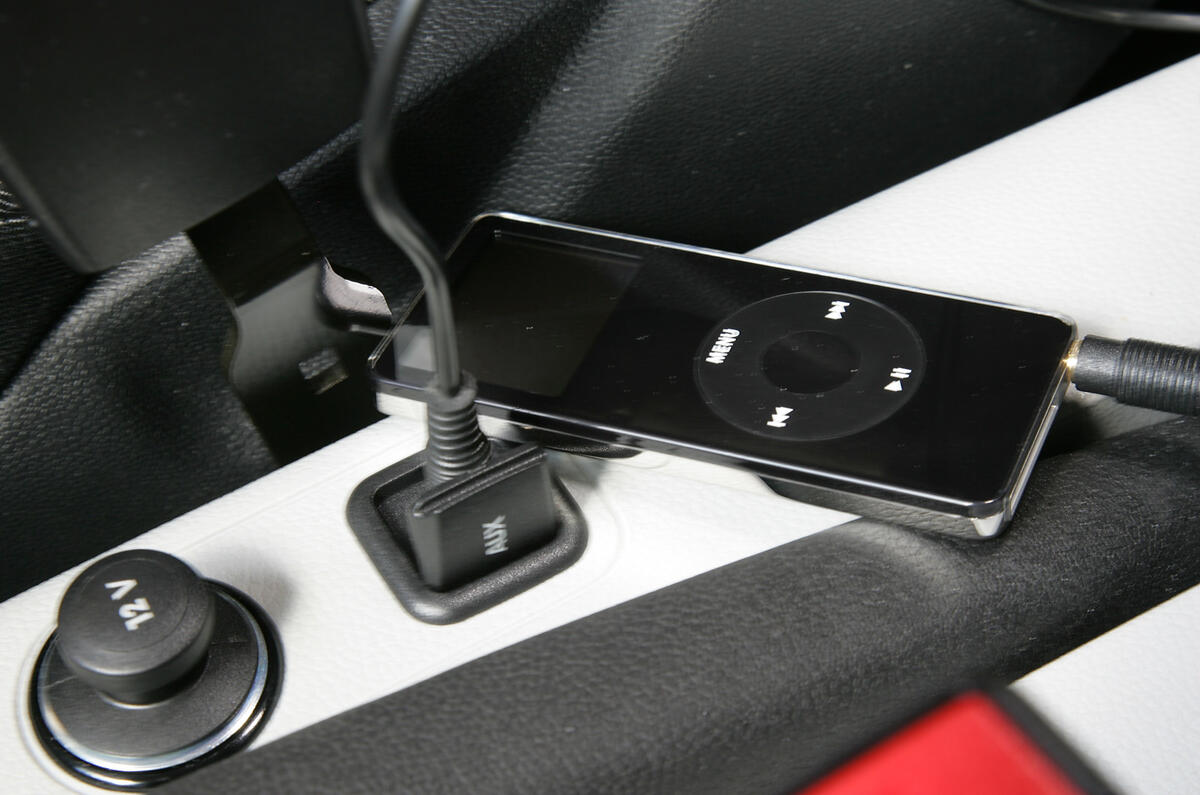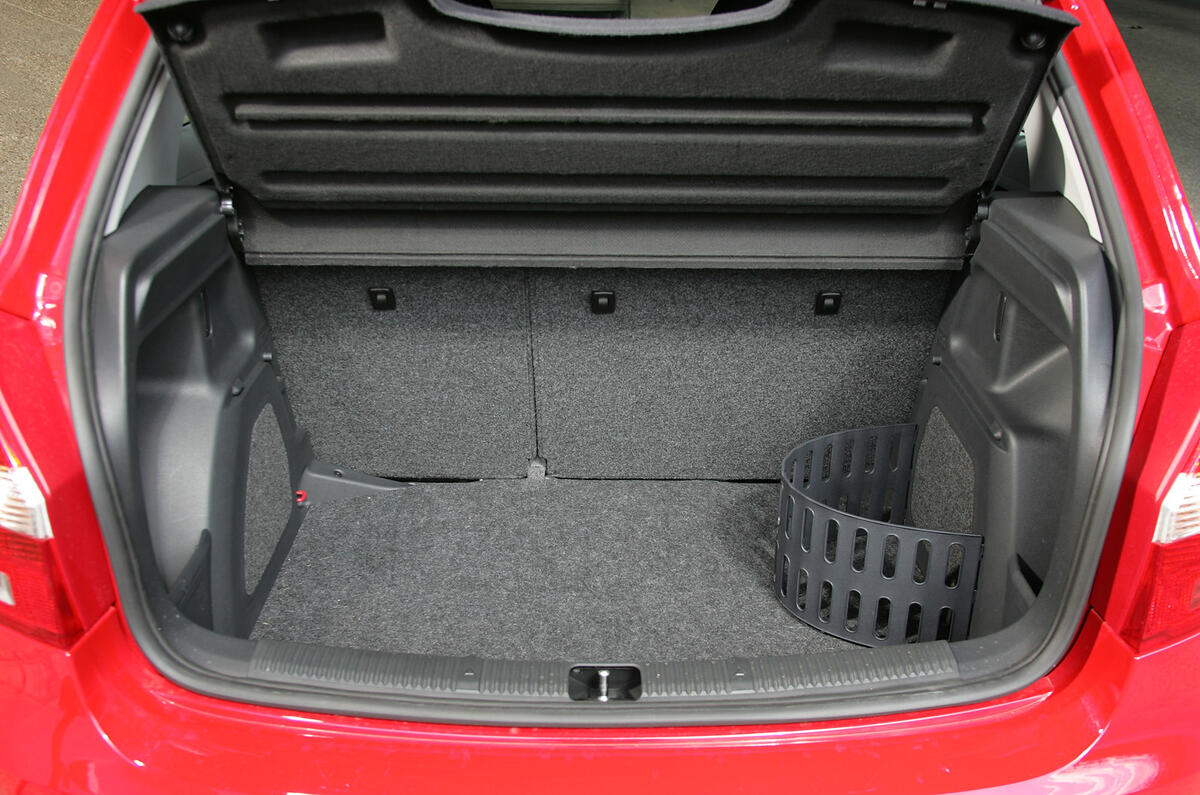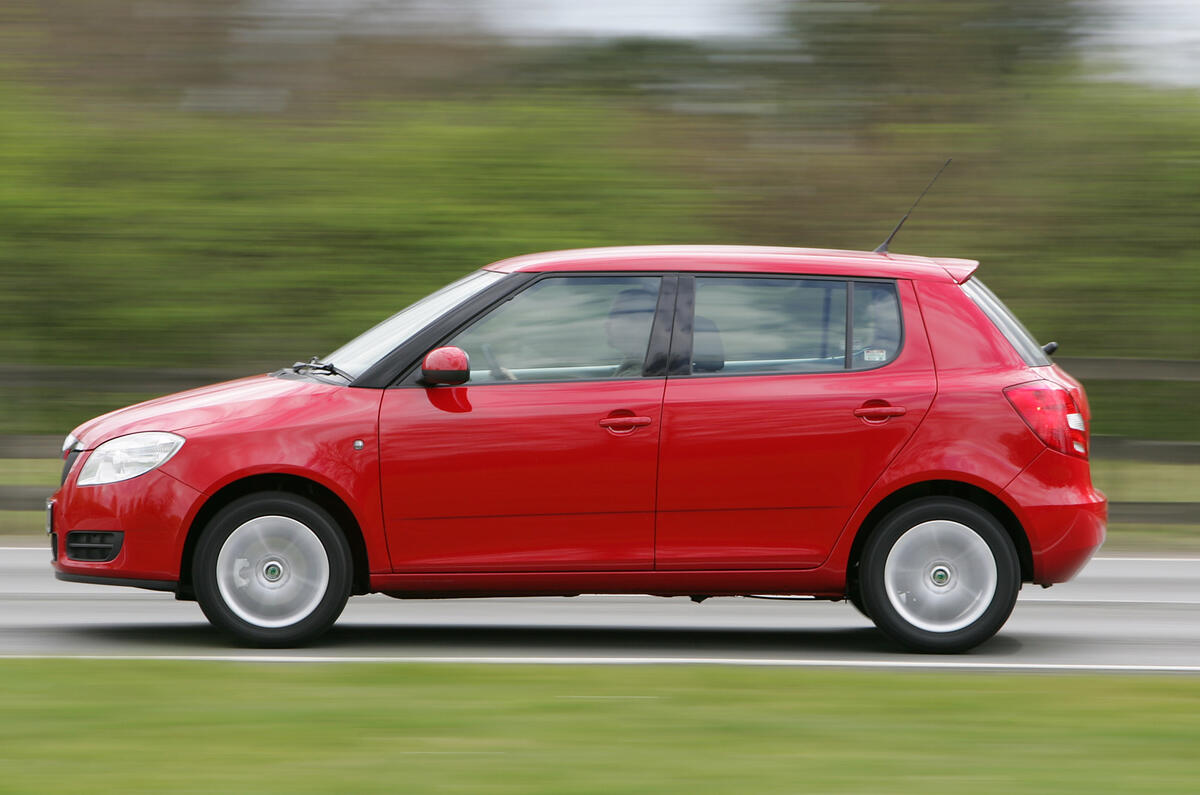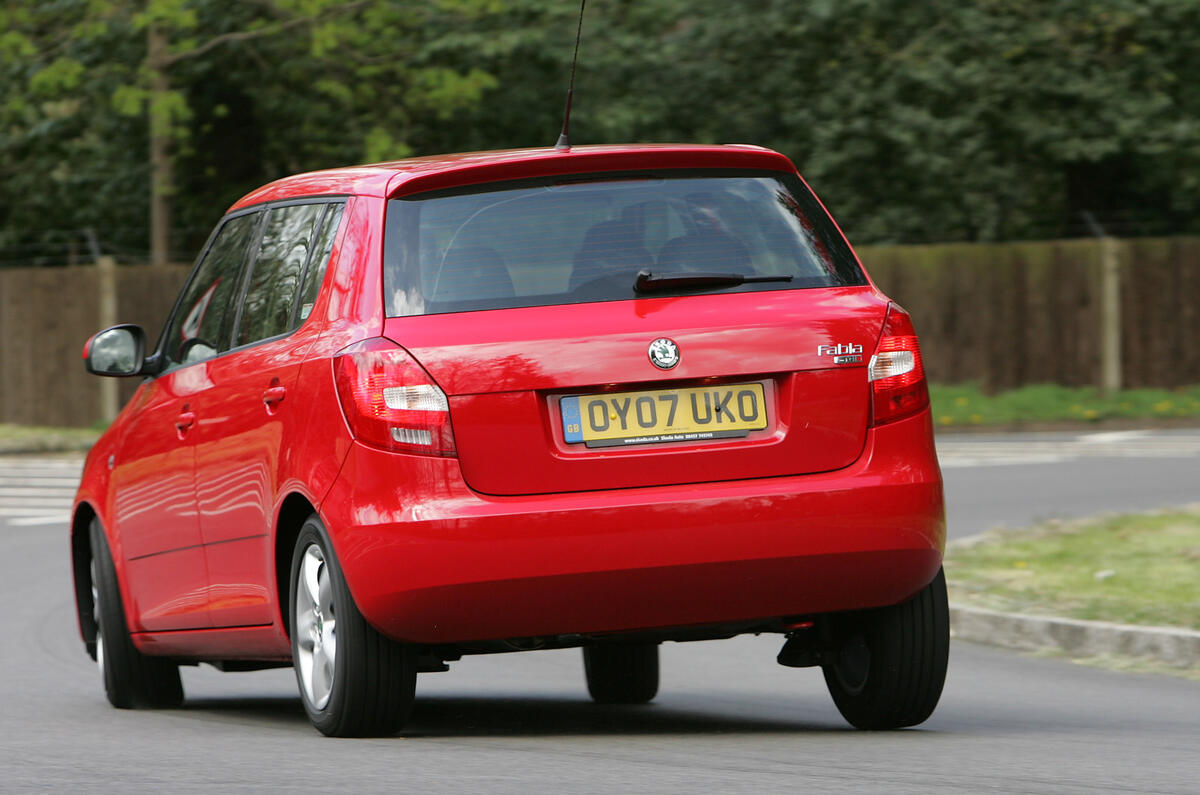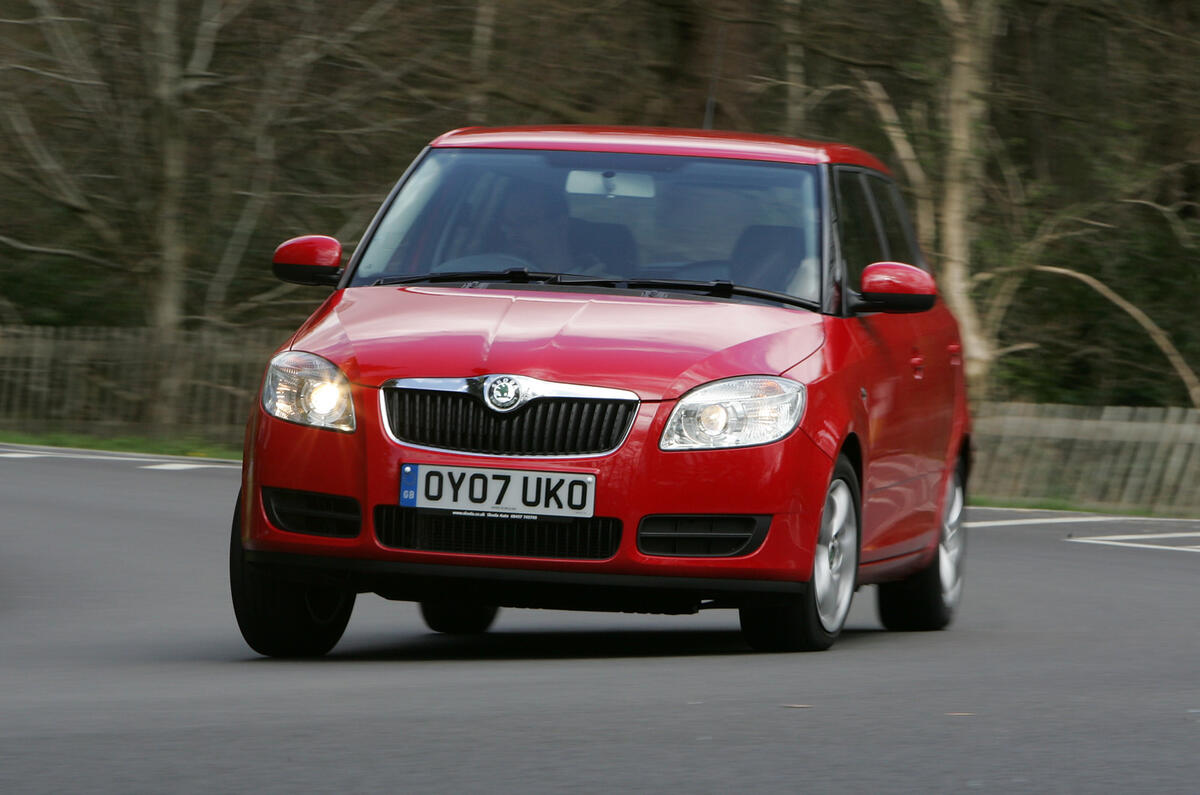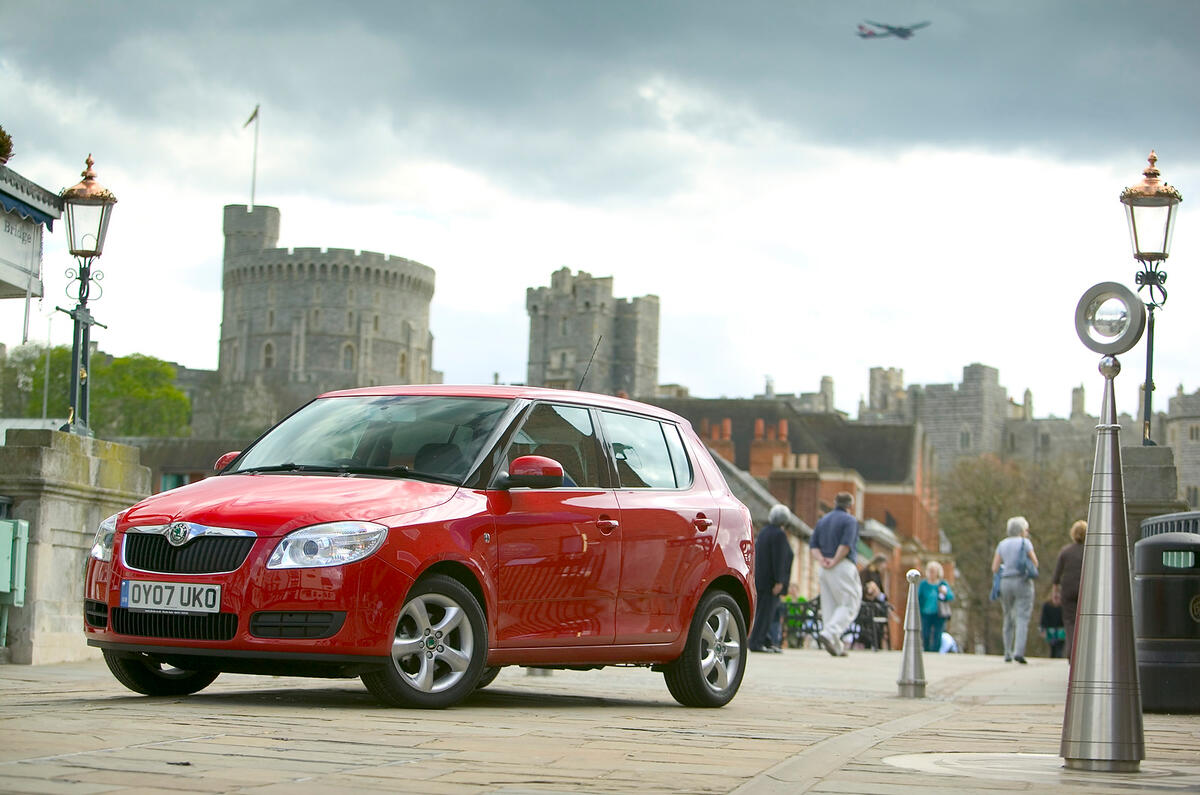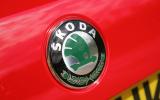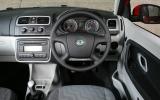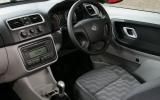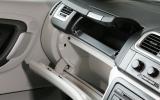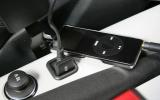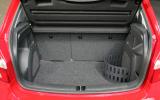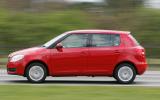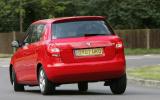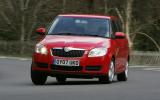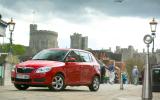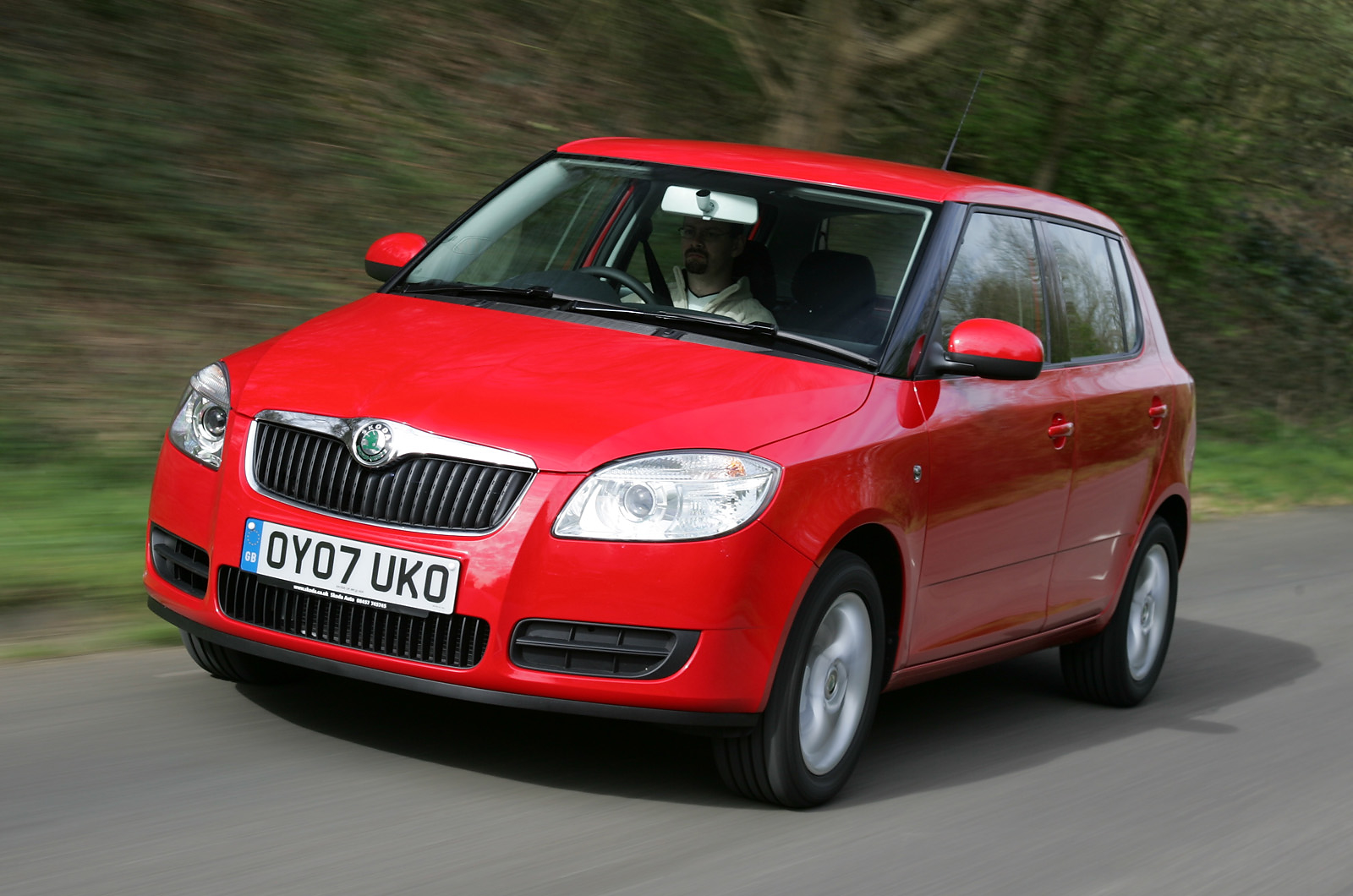Did you hear the one about the Skoda? It was in 2000, when people told Skoda jokes and still thought them funny. Then along came the Skoda Fabia, built on an all-new platform, a platform so new it had yet to find its way into any VW-badged product.
The Fabia was good – so good that overnight those jokes seemed outdated. People stopped laughing and started listening; Skoda was suddenly a serious player. Now, the challenge facing Skoda is to keep that momentum going, to elevate the brand from challenger to conqueror.
It would be a major upset if the new Fabia wasn’t a thoroughly decent car. But is it good enough to challenge for top slot in a sector packed with competition as fresh and talented as the Ford Fiesta, Vauxhall Corsa and Volkswagen Polo? If anything, the second-generation Fabia is less radical that the first, its platform an updated version of the previous generation's with the same MacPherson struts up front and a torsion beam rear axle. This tweaked platform is also found in the current Volkswagen Polo which, again, received it after the Skoda, and in the Seat Ibiza and Audi A1.
Body styles are five-door hatch or estate car, and the engine line-up is standard VW Group fare with power ranging from the 1.2-litre, three-cylinder engine's 69bhp right up to the 178bhp of the turbo- and supercharged TSi unit of the 1.4-litre vRS hot hatchback. Other petrol and turbodiesel engines inhabit the space in between, including the 1.4-litre, naturally-aspirated, 85bhp unit of our test car.


